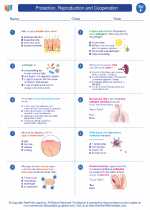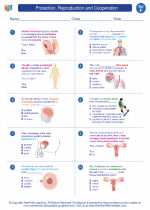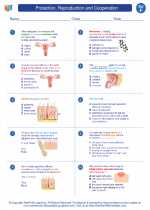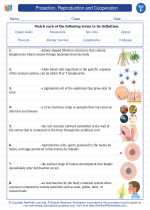Worms
Worms are invertebrate animals that belong to the phylum Annelida. They are found in various environments including soil, freshwater, and marine habitats. There are three main groups of worms: earthworms, marine worms, and leeches.
Anatomy of Worms
Worms have a tube-like, elongated body with no limbs. They have a head end and a tail end, and their bodies are segmented. Each segment contains a set of muscles, nerves, and other organs. Worms also have a simple digestive system and a closed circulatory system.
Ecological Importance
Worms play a crucial role in the ecosystem. They aerate the soil, improving its structure and fertility. Their burrowing activities also help in the decomposition of organic matter, which in turn enriches the soil. Additionally, worms are an important food source for many animals.
Reproduction
Worms reproduce sexually, with most species having both male and female reproductive organs. They can also reproduce asexually through fragmentation, where a part of their body regenerates into a new individual.
Study Guide
- Describe the basic anatomy of a worm.
- Explain the ecological importance of worms in soil ecosystems.
- Compare and contrast the three main groups of worms: earthworms, marine worms, and leeches.
- Discuss the reproductive methods of worms, including sexual and asexual reproduction.
- Research and present a case study on the role of worms in sustainable agriculture.
By studying the anatomy, ecological importance, and reproductive strategies of worms, you will gain a comprehensive understanding of these fascinating creatures and their significance in the natural world.
.◂Science Worksheets and Study Guides Sixth Grade. Protection, Reproduction and Cooperation

 Worksheet/Answer key
Worksheet/Answer key
 Worksheet/Answer key
Worksheet/Answer key
 Vocabulary/Answer key
Vocabulary/Answer key
 Vocabulary/Answer key
Vocabulary/Answer key
 Vocabulary/Answer key
Vocabulary/Answer key
